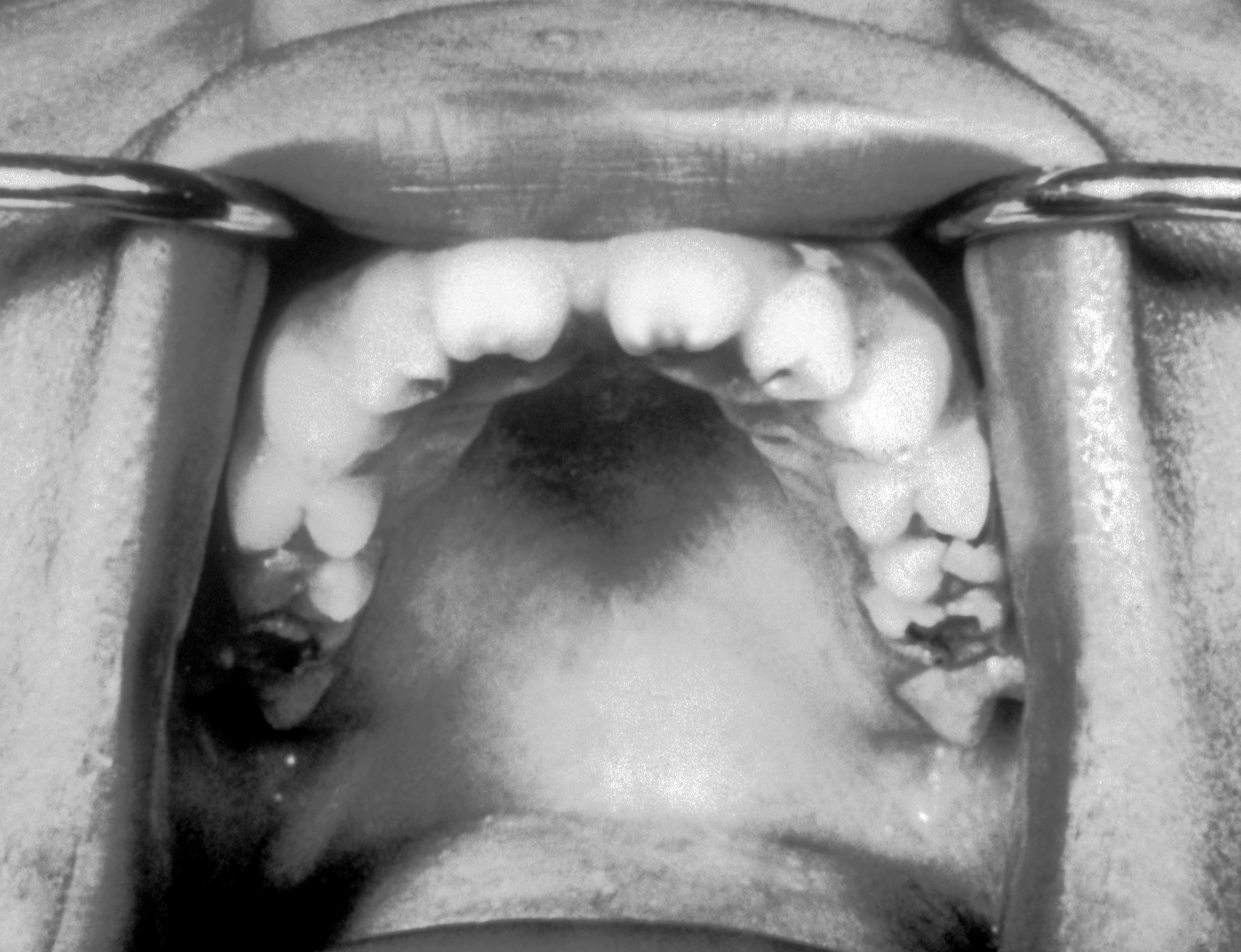Congenital syphilis
For patient information, click here
| Congenital syphilis | |
| ICD-10 | A50 |
|---|---|
| ICD-9 | 090 |
| DiseasesDB | 12744 |
| MedlinePlus | 001344 |
| MeSH | D013590 |
|
Congenital syphilis Microchapters |
|
Diagnosis |
|
Treatment |
|
Case Studies |
|
Congenital syphilis On the Web |
|
American Roentgen Ray Society Images of Congenital syphilis |
Editor-In-Chief: C. Michael Gibson, M.S., M.D. [1]
Overview
Historical Perspective
Pathophysiology
Epidemiology & Demographics
Risk Factors
Screening
Causes
Differentiating Congenital syphilis
Complications & Prognosis
Diagnosis
History and Symptoms | Physical Examination | Staging | Laboratory tests | Electrocardiogram | X Rays | CT | MRI Echocardiography or Ultrasound | Other images | Alternative diagnostics
Treatment
Medical therapy | Surgical options | Primary prevention | Secondary prevention | Financial costs | Future therapies
Early congenital syphilis
This is a subset of cases of congenital syphilis. Newborns may be asymptomatic and are only identified on routine prenatal screening. If not identified and treated, these newborns develop poor feeding and rhinorrhea. By definition, early congenital syphilis occurs in children between 0 and 2 years old[1]. After, they can develop late congenital syphilis.
Symptomatic newborns, if not stillborn, are born premature, with enlargement of the liver, spleen, skeletal abnormalities, pneumonia and a bullous skin disease known as pemphigus syphiliticus.
Manifestations of congenital syphilis

- abnormal x-rays
- Hutchinson's Triad, a set of symptoms consisting of deafness, Hutchinson's teeth (centrally notched, widely-spaced peg-shaped upper central incisors), and interstitial keratitis (IK), an inflamation of the cornea which can lead to corneal scarring and potentially blindness
- mulberry molars (sixth year molars with multiple poorly developed cusps)
- frontal bossing
- poorly developed maxillae
- enlarged liver
- enlarged spleen
- petechiae
- other skin rash
- sabre shins
- anemia
- lymph node enlargement
- jaundice
- pseudoparalysis
- snuffles, the name given to rhinitis in this situation. When chronic, this can lead to saddle nose deformity.
- rhagades, linear scars at the angles of the mouth and nose result from bacterial infection of skin lesions
Death from congenital syphilis is usually through pulmonary hemorrhage.
Treatment
If a pregnant mother is identified as being infected with syphilis, treatment can effectively prevent congenital syphilis from developing in the unborn child, especially if she is treated before the sixteenth week of pregnancy. The child is at greatest risk of contracting syphilis when the mother is in the early stages of infection, but the disease can be passed at any point during pregnancy, even during delivery (should the child have not contracted it already). However, a woman in the secondary stage of syphilis decreases her child's risk of developing congenital syphilis by 98% if she receives treatment before the last month of pregnancy[2]. An afflicted child can be treated using antibiotics much like an adult, however any developmental symptoms are likely to be permanent.